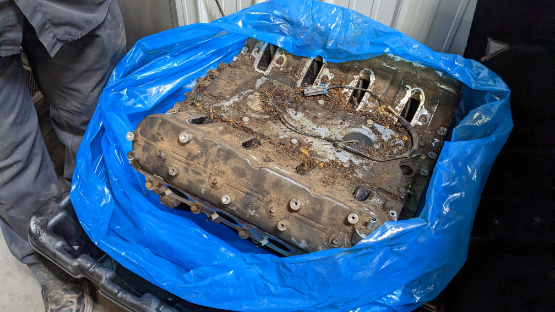My ten year old solar setup worked fine. I just had to be judicious with electrical usage during the darker days of winter. After a lot of debate with myself, and after acquiring some extra cash, I decided to make the leap from lead acid batteries to lithium. And I would boost both my collection and storage capacities while I was at it.
With deep cycle lead acid batteries you should use only half of its capacity each discharge cycle. Otherwise you damage the battery. So a 100Ah battery is actually good for only about 50Ah. Meanwhile, you can access nearly all of a lithium battery’s power each cycle, meaning a 100Ah lithium battery has almost twice the available power as a 100Ah lead acid battery.
I had two 104Ah lead acid batteries — 208Ah total. I could have replaced them with one 100Ah lithium battery, but that would still leave me with borderline power in winter. I decided to get 200Ah lithium — twice the power. And I chose to get one 200Ah battery instead of two 100Ah ones. It was a couple of bucks cheaper and easier to wire and locate in the van.
One drawback of lithium batteries is they don’t like to be charged in cold weather. Some people keep their batteries in sufficiently heated spaces. Some use the batteries’ power to run a heater or heat pad. But now there are self-heating lithium batteries. That’s what I got.Having twice the battery capacity meant I needed to increase my solar output. I had a single 270W panel that took up most of the available roof space. But after considerable searching and measuring I found a pair of 200W panels that actually take up slightly less room.
Lithium batteries require a different charging profile than lead acid batteries. I could have found some solar tech guy who could reprogram my existing charge controller that didn't have a setting for lithium batteries, but it would be cheaper and easier to just get a new one. It would also be smaller. So that’s what I did.
Solar experts would probably blanch at the way my original system was wired, but hey, it worked. No shorts, no destroyed components, no fires. But I figured I could do it better this time. So I watched a lot of videos, read a lot of articles, and found a wiring diagram that matched my needs. The new system is more complex, with fuses, breakers, bus bars and such, but it’s actually less of a rat’s nest than what I had.
So, wheeeee! A new solar setup to go along with the new engine. I’m set for another ten year — assuming I last that long.













